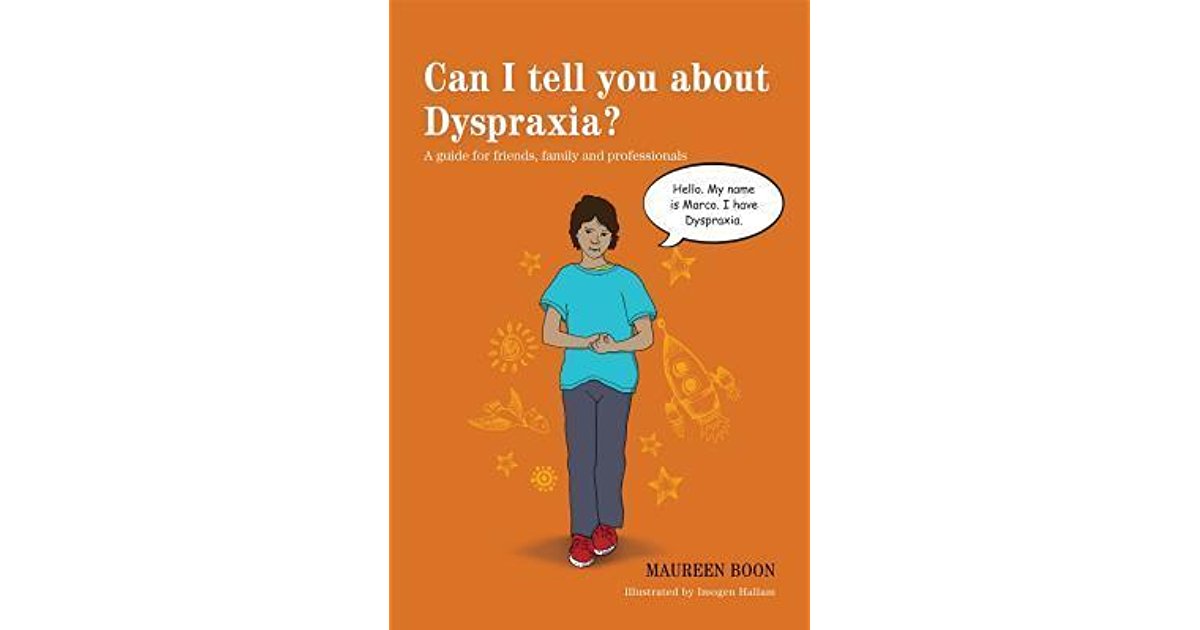This is a very fun and actually quite versatile tool. The kids actually enjoy sitting in it on family movie night. It easily fits two of my kids at the same time. They really enjoy the rocking and pressure.
Can I tell you about Dyspraxia?
Can I tell you about Dyspraxia?
Couldn't load pickup availability
Industry Reviews
The book is written in an accessible style from the perspective of a teenager who has dyspraxia. It is powerful to read about the main issues for children written in their own voice. Many children as well as their friends and families would find it helpful and reassuring that they are not the only one who faces the difficulties described by Marco. -- Kate Ripley, Senior Specialist Educational Psychologist, author of Inclusion for Children with Dyspraxia/DCD and co-author of Dyspraxia: A Guide for Teachers and Parents
Marco talks frankly about what it's like to have dyspraxia or Developmental Coordination Disorder (DCD), a condition more common in boys... We are told about the early signs of dyspraxia: sound sensitivity, lateness in getting to one's feet and restless nights are possible indicators, as is difficulty sitting in one place... In addition to Marco's narrative there are several lists outlining how parents, teachers, and other children can help those like him, as well as a bibliography and list of supportive organisations.
Written by an ex headteacher of a school for physically challenged children, this little book provides a straightforward, reassuring outline of DCD and ways in which others can be supportive. Jill Bennett- Red Reading Hub blog







